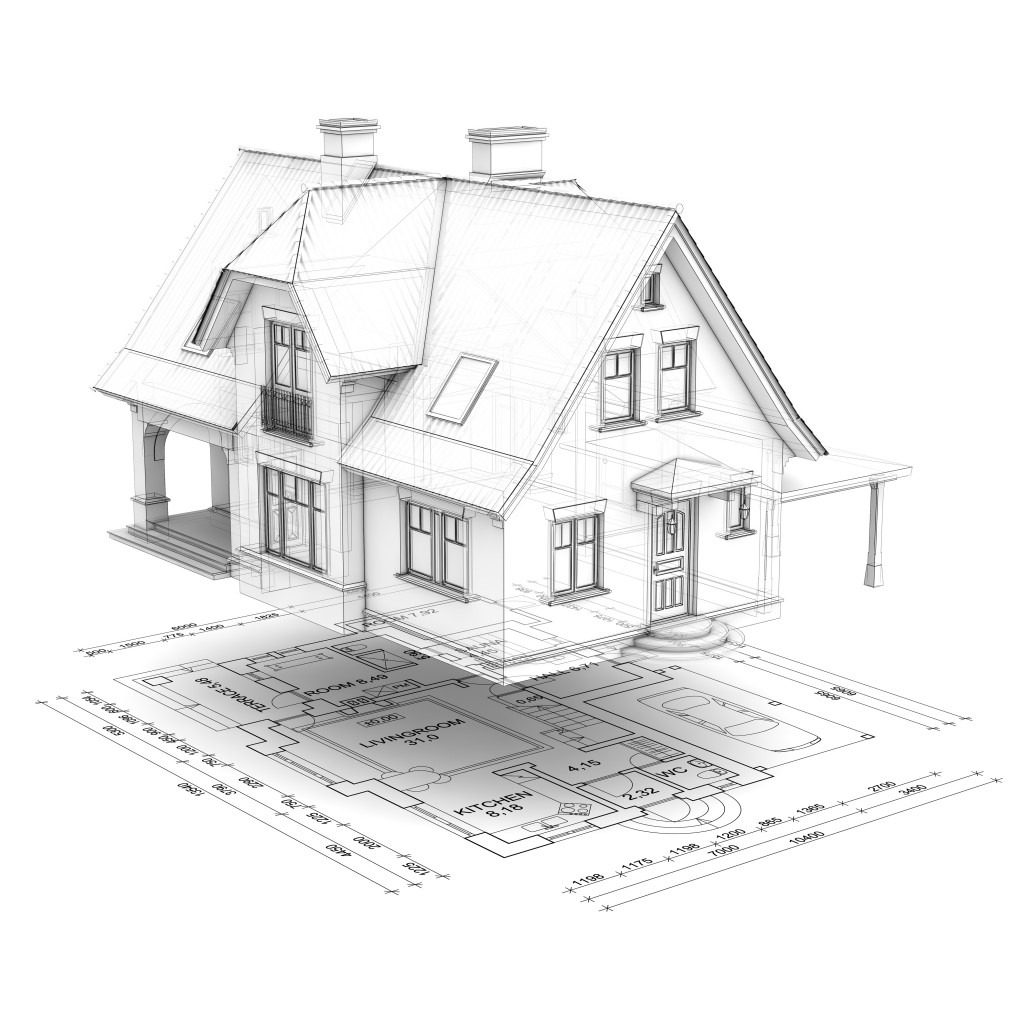“Going green” is terminology that has been around for more than a decade, but exactly what it means can be confusing. While there are consumers who believe sustainable choices are all about expensive self-sacrifice, creating an “eco-conscious home” is more about improving your quality of life by saving money and creating a healthier home environment.

Insulate Your Interests
The basic suggestion for greening your home has been around for years, but it is still the most effective.
“Insulation is the first thing to check,” says builder Craig Immel, principal at Green Property Funds. Immel is LEED AP-certified and also serves as chair of the nonprofit U.S. Green Building Council Oklahoma Chapter.
With climate control costing from 40 to 50 percent of a family’s home energy expenses, any option to lower those costs while saving energy is important. You can even turn to local energy companies for cost saving measures. OG&E’s Home Energy Efficiency Program (HEEP) offers a free personalized energy report as well as up to $300 in duct system repair and tightening. If eligible, homeowners can receive a rebate of up to 30 percent for attic insulation, up to $500. PSO offers incentives up to $5,000 for energy efficient improvements that can be done project by project or for an entire home. Currently, the completion date for these projects is Dec. 15, 2015.
“While insulation is one of the main factors in creating an energy efficient home, it’s important to also consider the health of your house,” says Shelby Navarro, AIA, LEED AP and CEO of Tulsa’s 1Architecture. If you use fiberglass insulation, make sure it is labeled as formaldehyde-free. Other green options include cellulose and products made from cotton, even old denim.
Ted Cavillin, principal at CR Forma Design:Build in Tulsa, also suggests looking beyond the initial goal of good insulation.
“It is often overlooked that there is no licensing for the building trade here,” says Cavillin. “So even a well-insulated house can have flimsy construction.”
His suggestion is simple: Buy tubes of clear silicon caulk and seal around light switches and cracks around windows and under baseboards to reduce the effect of energy leakage. Cavillin also recommends an energy audit for more specific details on how you can maximize your energy savings.
Oklahoma Electric Cooperative offers an extensive free DIY home energy audit handbook online. At www.energystar.gov, you can use a Home Energy Yardstick to see how your home’s energy use measures up. Energy audits can also be done utilizing an infrared scanner.
Be Efficient
The U.S. Department of Energy suggests homeowners can save from five to 30 percent on monthly utility bills with efficient weatherization and insulation. And if your heating and cooling system is more than a decade old, you might want to consider replacing the unit instead of repairing it. Often there are tax incentives for upgrading to a new system, and in addition, new units are approximately 15 percent more efficient than older models. Geothermal systems have seen a big surge in Oklahoma, although it is more typical in new construction. The front-end costs can be twice as much as a conventional heat and air system, but with costs savings and current tax incentives, the payback can be as little as five years.
“Plus, because of the way geothermal works, you basically get free hot water all summer and about 80 percent of the winter,” says Navarro.
Installing a programmable thermostat is an inexpensive solution for reducing energy consumption. Basic units can be found for under $50, while more expensive, sophisticated systems can be controlled remotely by a smart phone.
“The Nest Learning Thermostat is an intriguing new product we recently installed,” Cavillin says.
Developed by the Apple iPod creator, the thermostat learns residents’ habits by measuring temperature, humidity, activity and light sensors, then makes climate adjustments based on whether the area is occupied and user input. The unit sells for $249 and is available locally.
While new windows can increase an older home’s energy efficiency, and there are some tax incentives for replacements, often finances preclude that option. John Beedon, owner of Beehold Reinvention based in Oklahoma City, specializes in insulating and sealing older double hung window systems. The counterweight pockets on the inside of the frames are not insulated and have holes for ropes, creating a substantial energy loss in winter and summer.
“This option is especially beneficial for homes in historically designated areas that might be prohibited from replacing windows on the front of the home,” says Beedon.
Another simple way to reduce an energy bill is to replace incandescent lighting. The first alternative was the CFL (compact fluorescent light) bulb. Around for several years and using about a third of the energy as incandescent lights, CFLs contain mercury, creating safety and environmental concerns. Because of swift advances in technology, LEDs (light emitting diode) are now the preferred option. While the initial replacement cost is higher, LEDs use as little as one-thirtieth of the energy required for an incandescent, plus they can last for up to 20 years.
“Just think: You can put in a new bulb when your baby is born and not have to change it until they go off to college,” says Navarro.























